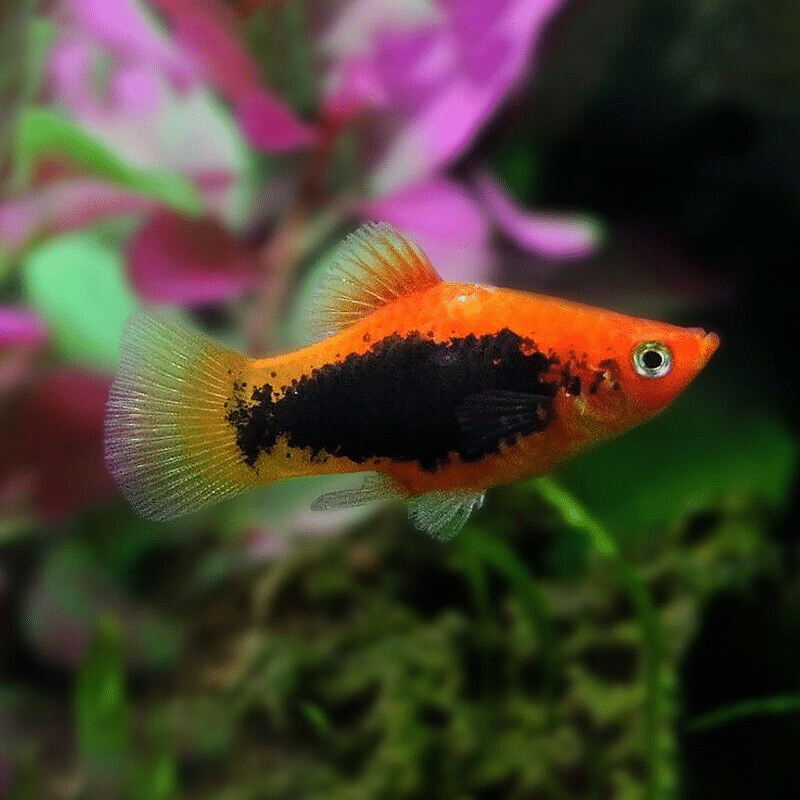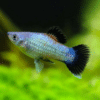To provide the best experiences, we use technologies like cookies to store and/or access device information. Consenting to these technologies will allow us to process data such as browsing behaviour or unique IDs on this site. Not consenting or withdrawing consent, may adversely affect certain features and functions.
The technical storage or access is strictly necessary for the legitimate purpose of enabling the use of a specific service explicitly requested by the subscriber or user, or for the sole purpose of carrying out the transmission of a communication over an electronic communications network.
The technical storage or access is necessary for the legitimate purpose of storing preferences that are not requested by the subscriber or user.
The technical storage or access that is used exclusively for statistical purposes.
The technical storage or access that is used exclusively for anonymous statistical purposes. Without a subpoena, voluntary compliance on the part of your Internet Service Provider, or additional records from a third party, information stored or retrieved for this purpose alone cannot usually be used to identify you.
The technical storage or access is required to create user profiles to send advertising, or to track the user on a website or across several websites for similar marketing purposes.
Red Devil Vampire Crab - Geosesarma Hagen - Decapod Crustacean 1 × £8.71
Golden Eyes Vampire Crab - Geosesarma Sp. - Decapod Crustacean 1 × £8.71


 Red Devil Vampire Crab - Geosesarma Hagen - Decapod Crustacean
Red Devil Vampire Crab - Geosesarma Hagen - Decapod Crustacean  Golden Eyes Vampire Crab - Geosesarma Sp. - Decapod Crustacean
Golden Eyes Vampire Crab - Geosesarma Sp. - Decapod Crustacean 










Emily Carter (verified owner) –
I recently purchased 4 Red Tuxedo Platies (Xiphophorus Maculatus) for my 20-gallon community tank, and I couldn’t be happier! These tropical fish have brought so much color and joy into my aquarium. They’ve been thriving for about three weeks now, and their vibrant colors are even more stunning in person. I love how they interact with each other; it’s like a little community swimming around!
What really impresses me is how adaptable they are. Compared to other livebearer fish I’ve kept, these platies are much more social and less shy. They love swimming around in the plants I added, which makes for a lively display. I was a bit concerned about compatibility with my other fish, but they fit right in without any issues.
I’d recommend these Red Tuxedo Platies to both beginner and experienced hobbyists. They’re low-maintenance and a great addition to any peaceful community tank. Just be sure to keep the water quality high and provide plenty of hiding spots for them to feel safe. Overall, a fantastic purchase that I would definitely make again!
Emily Carter (verified owner) –
I recently added 4 Red Tuxedo Platies to my peaceful community tank, and I couldn’t be happier! These stunning livebearers have been a delightful addition, bringing a burst of color and charm. After two weeks of observing their behavior, I noticed how active and curious they are, often exploring different areas of the tank. Not only are they gorgeous with their striking red and black patterns, but they also get along wonderfully with my other tropical fish. The shipping was quick, and all fish arrived in excellent health, which shows the seller cares about fish welfare. One minor note is that they can be a bit nippy with small fry, so I recommend having a separate breeding tank if you’re planning to breed. Overall, I highly recommend these platies for anyone looking to enhance their aquarium. They are perfect for both beginners and seasoned aquarists, and they truly uplift the ambiance of any peaceful aquarium setup!